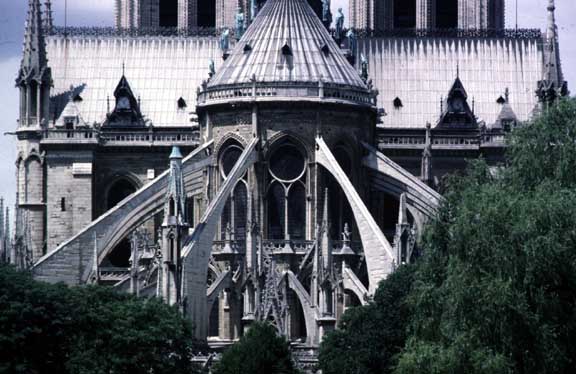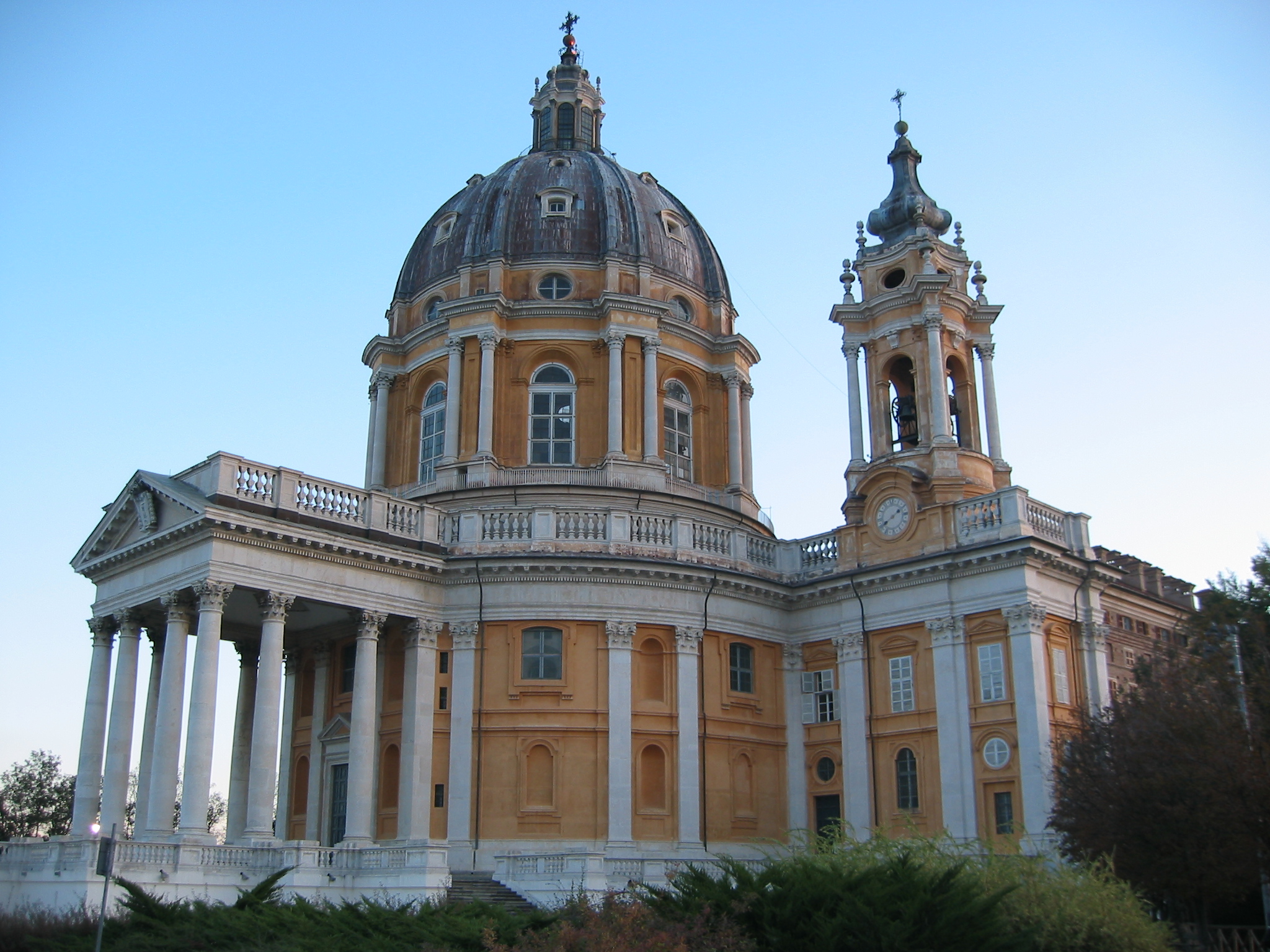Take the Gothic period, for example. Beginning in 12th Century France, it lasted for the next four hundred years. During this period, architects forgot about tradition and began creating a brand new set of rules, resulting in some of the greatest churches and cathedrals in Europe. The goal was to send structures as high as possible off of the ground to create a sense of majesty, while creating a link with the heavens. Churches were important gathering and ceremonial spaces as shown by the grandeur of the interiors. A prime example is the Amiens cathedral, built in France. It is quite clear that the cathedral is the result of trial-and-error. Never before had anything on such a grand scale been attempted and setbacks were all too common. The original flying buttresses were placed too high around the choir and did nothing to counteract the outward force of the stacked stone. A second set was later added to save the cathedral from collapsing in on itself. A massive chain was also put in place around the mezzanine to prevent structural damage.
 |
| Flying buttresses as seen at Amiens cathedral. |
Following the Gothic period was the Renaissance, lasting from the 15th to early 17th Century. Beginning in Florence, it quickly spread through all of Italy and ultimately, throughout Europe. This was a period dedicated to revival, primarily early Greek and Roman revival, in both, concrete and abstract culture. It's unique because, this period is dedicated entirely to bringing back what was once forgotten during Gothic experimentation. There was also a certain clarity that was brought back into architecture; age-old ideas of groves and stacks were made obvious in design. Built in the 15th Century, the Palazzo Medici demonstrates just that. On the ground floor, there is a very evident roughness about the building. The bricks are unwieldy and uncut, while doorways and windows are massive and bold. This 'aggression' diminishes as the eye travels up the facade of the building into delicate and relatively intricate design upon the third floor. These differences among the floors create a sense of stacking in the structure as a whole. The window placement is reminiscent of groves.
 |
| Palazzo Medici. |
In Europe, there came a time where people faced religious persecution. Religious difference was not the only thing looked down upon; all radical ideas were rejected, including architectural ones. This brought an age of colonial architecture in the Americas. Dutch, Spanish, French, German, and, English ideas architecture were all integrated across the 13 colonies.



No comments:
Post a Comment